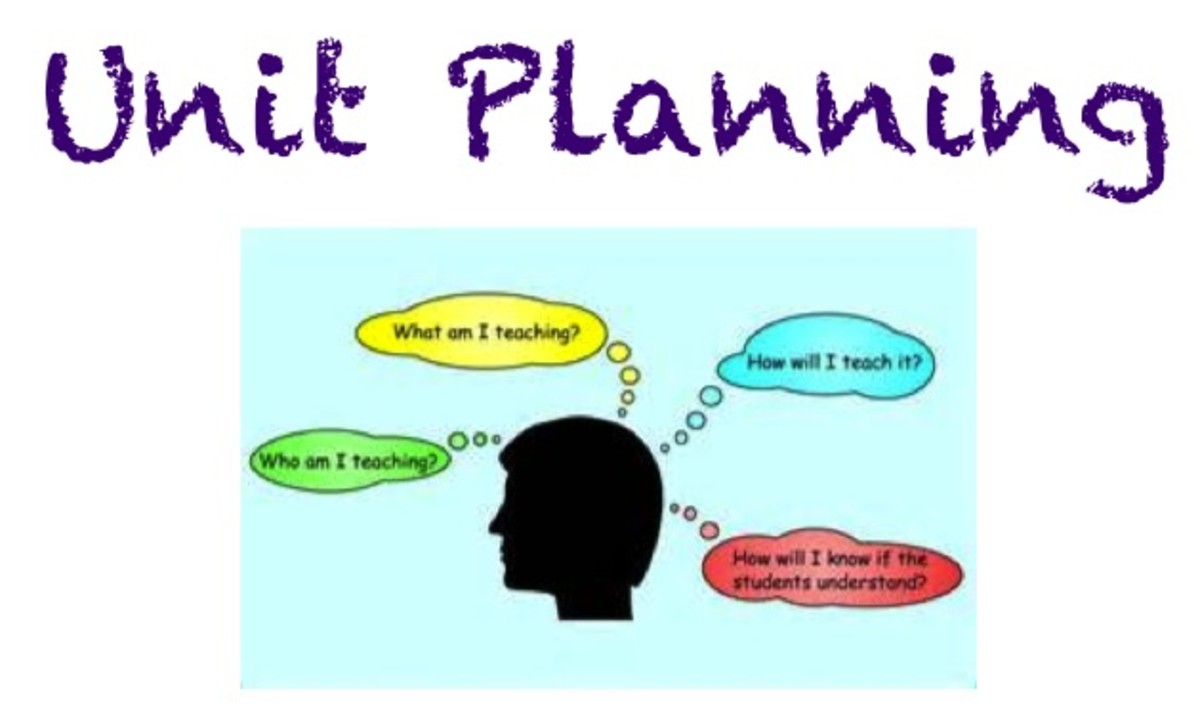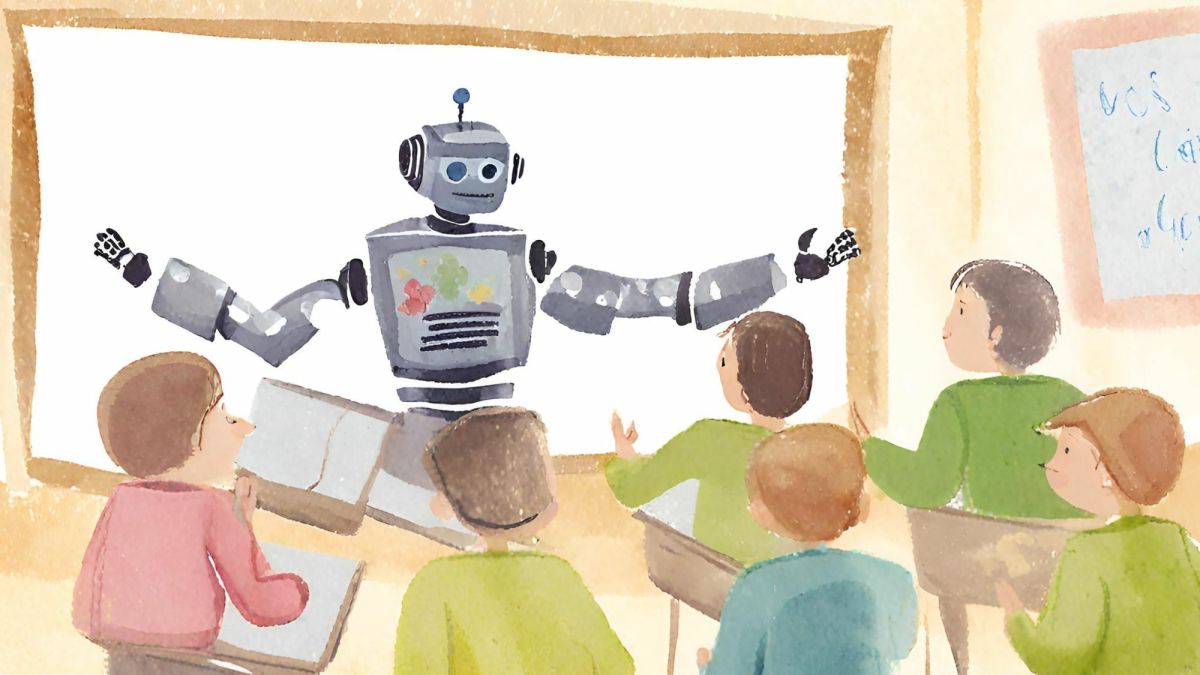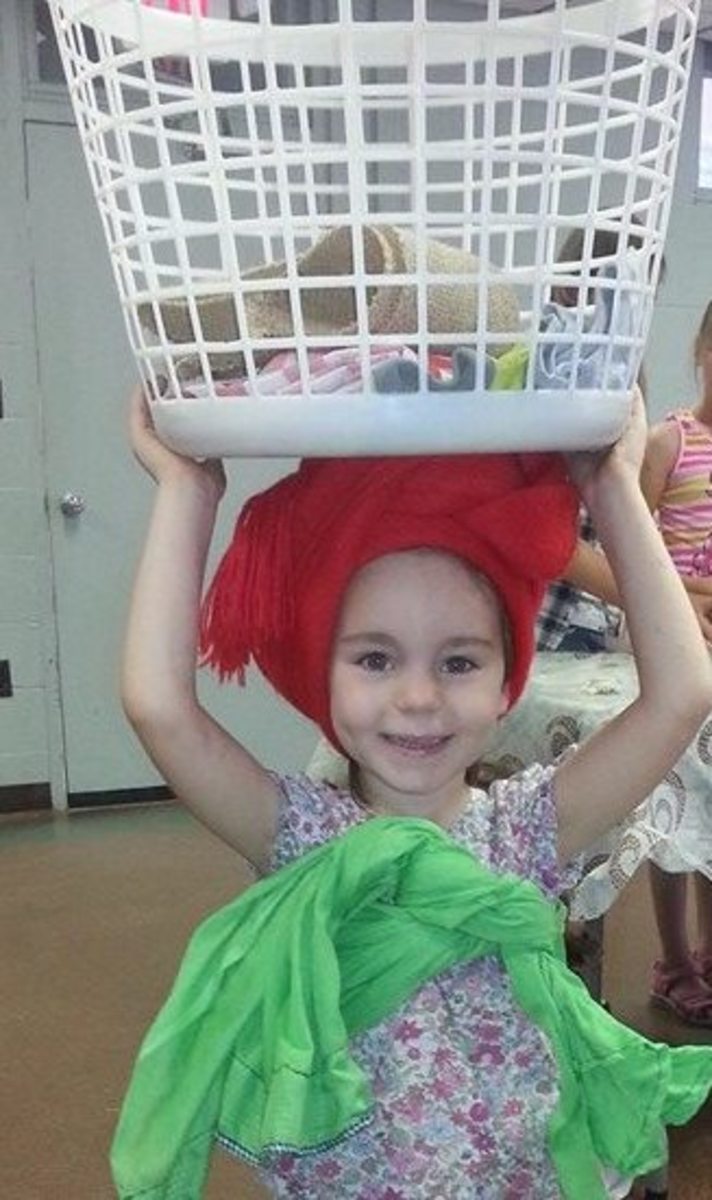How “online Education Plans” Work in Times of Covid-19 Crises!

How “online education plans” work in times of COVID-19 crises!
As you know, times got crucial with the outbreak of the “COVID-19/Corona virus crises in 2019. As, it is a pandemic that started in China & then became a global pandemic, hitting different countries around the world. Consequently, a national emergency, “social distancing” started to take place with the orders of the government (McAleer 2020; Wang et al. 2020; Yue et al. 2020). Due to which school, colleges as well as universities are closed. But to save students from educational loss, there are several universities as well as schools & colleges who have started “online classes”.
In China, an educational plan that included that there should be a temporary suspension in classes but an online pattern would be followed by students until the situation gets better. In addition to that, other countries where the COVID-19/coronavirus was suspected also followed the same policy for the educational system, which will help students to learn from a distance.
Though, many educational systems have already “distant learning programs”, which are working efficiently too!
In this article, we will discuss a few of the important points of how educational plans are working in this time of the outbreak of novel coronavirus i-e COVID-19.

Change in Educational patterns!
Unlike traditional ways of education, students as well as teachers both have to adjust for the new educational patterns. Which means to adapt to the ways of “working online”. For instance, students have to take online classes & teachers have to give lectures through online systems. For which various applications are being used by people to make it more convenient. Thus, to manage and operate online applications are being beneficial for educational purposes!
Cultural Change!
As the traditional teaching/learning systems include face-to-face interaction between the teacher & a student. That is why, with “online learning plans”, which include technology, internet and different applications to conduct online classes! With all these things, there is a bit of change in educational culture. COVID-19/coronavirus crises have changed and shifted many important aspects of human life and yet researches are being done to fight with this deadly virus. But as a matter of fact, the educational system is trying hard to cope with these difficult times of coronavirus. And for that “online learning mediums” are being introduced for students as well as teachers/instructors.

Enhancement of Creativity in Students
Education’s main purpose is to develop an ability to create, synthesize, analyze, and problem-solving. Additionally, online education is already being held in many colleges & universities for years now. Because technology is enhanced and with that students can have opportunities to learn with all the possible ways!
According to a research, the year 2010 and 2011, there is more than 89 percent of universities and colleges that are providing their students “online classes”, that includes complete online, or partial, blended online classes. Furthermore, it also suggests that students are getting a good amount of knowledge through this no face to face communication through technology. (Allen & Seaman, 2013)
Thus, this is a helpful study to understand that online classes or online medium would be a real help. Especially, in time of the COVID-19 crises.
Benefits:
Here, in this article, we will see how the online system of education & learning will help the students. Though, everything comes with pros as well as cons. According to many research studies, it is proved that “online learning” is a definite beneficial educational program. (BartolicZlomislic& Bates, 1999; Scott, Aragon, Shaik, & Palma Rivas, 2000; Curtis & Lawson, 2001;Stick&Ivankova, 2004; Taylor, 2002).
Check out the possible benefits that a student can achieve through this medium of education in a novel coronavirus pandemic.
- Students do not have to be physically present as the world is “social distancing” to avoid the spread of the COVID-19. Thus, it is a “safe medium of learning” for students.
- Another important benefit is that there won’t be a delay in the “academic calendar”.
- Students can get benefit from the courses or teachers across the globe. Because it allows instructors and students to maintain international relationships when it comes to education.
- Additionally, it is the fastest medium to coordinate between students and trainers. Which keeps them connected and updated for a better understanding of their courses.
- For online learners there is a vast range of options to learn. For instance, there are many websites, journals, online articles, etc. (Thurmond, 2003).
- There is a sense of a “community”, though students are living miles apart.
- In addition to that, there is a full-fledge system for evaluation and feedback. It includes instructors/teachers to evaluate the progress of their students through well-developed software, which ultimately gives the error-free results/outcomes.
- Hence, trainers, instructors, teachers have this “effective system” In the online medium of learning which allows them to evaluate efficiently (Taylor, 2002).

Cons or Limitations :
- When it comes to limitations of the online learning system then there are few points to consider. It includes:
- Unlike traditional learning, online learning mediums are costly. And everyone does not have the facilities of high technology which are needed for appropriate learning through online courses.
- Another limitation that could be a hurdle in online learning in times of COVID-9/coronavirus is the chaotic situation that has been created due to this outbreak. And students cannot concentrate or focus on studies. Especially when they don't have face-to-face interaction with their fellows or the teachers.
- In addition to that, online classes/ online learning needs a medium to interact. Unlike traditional educational systems, students use email programs to coordinate with their teachers, which sometimes, takes a lot of time as compared to face to face interaction in the classroom.
- “Team Effort” is needed because it is a whole work of the team to regulate the online system. As it is needed to make sure that every student has the internet facility as well as is open to all mediums of the learning through online/distant learning.
- One of the many limitations, which this medium of online learning has to face as the “modes of education” are yet to be cleared. As it is important to make sure that education policy is benefitting the students.

Conclusion:
In short, teachers, instructors, trainers,etc are putting their efforts to provide their best services in this time of COVID-19, to regulate online classes for the students. Despite their sincere efforts & encouraging steps, there is still a lot of work that has to be done to meet all the ends in such an emergency situation!

References:
Allen, I. E., & Seaman, J. (2013). Changing course: Ten years of tracking online education in the United States
Bartolic-Zlomislic, S., & Bates, A. (1999). Investing in on-line learning: Potential benefits and limitations. Canadian Journal of Communication, 24(3), 349-366.
Curtis, D., & Lawson, M. (2001). Exploring collaborative online learning. Journal of Asynchronous Learning Networks, 5(1), 21-34.
Stick, S.L., &Ivankova, N.V. (2004). A decade of innovation and success in virtual learning: A world-wide asynchronous graduate program and educational leadership and higher education. Online Journal of Distance Learning Administration, VII (IV).
Scott, D., Aragon S., Shaik, N., & Palma-Rivas, N. (2000). Comparative analysis of learner satisfaction and learning: Outcomes in online and face-to-face learning environments. Journal of Interactive Learning Research, 11(1), 29-49.
Taylor, R. (2002). Pros and cons of online learning – A faculty perspective. Journal of European Industrial Training, 26(1), 24-37.
Wang, Chuanyi, Zhe Cheng, Xiao-Guang Yue, and Michael McAleer. 2020. Risk Management of COVID-19 by Universities in China. Journal of Risk and Financial Management 13: 36.
This content is accurate and true to the best of the author’s knowledge and is not meant to substitute for formal and individualized advice from a qualified professional.
© 2020 Zura Rubab Khan








